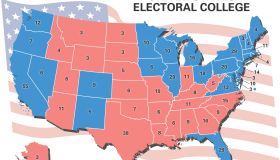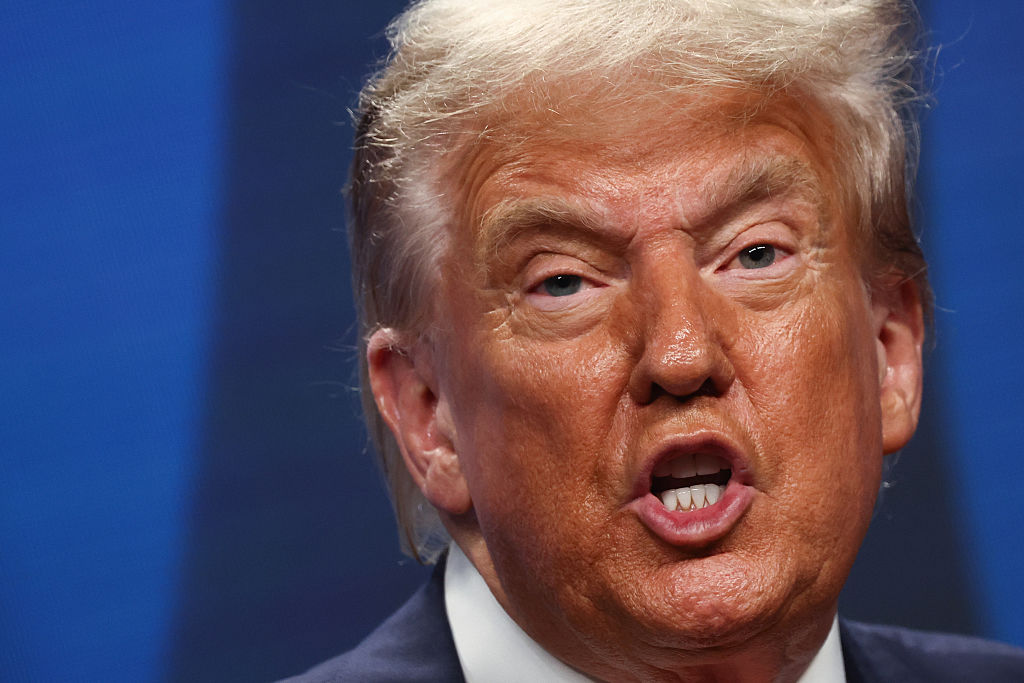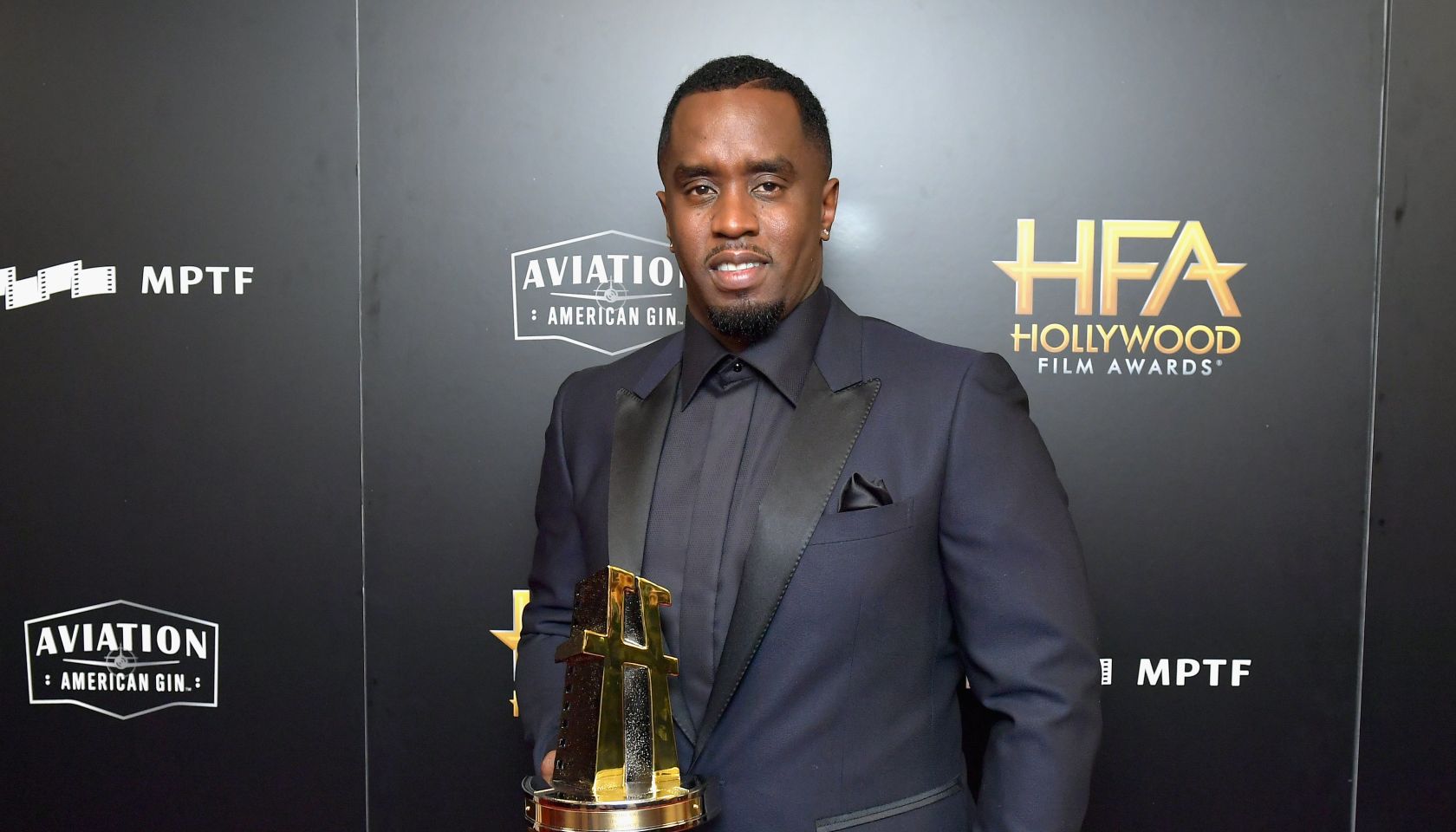Black Pilots: Saving The Airline Industry With More Aviators Of Color
One Way To Save The Airline Industry: Hire More Black Pilots
Before the new coronavirus hit, the airline industry was bracing for a severe pilot shortage. But just as the pandemic has forced school closures across the country, it’s also disrupting aviation training programs, which could mean even fewer pilots are trained to fly tomorrow’s fleet of commercial aircraft.
There are many reasons for the anticipated shortage, including increased regulation, growing demand for air travel and an aging workforce, coupled with a mandatory retirement age of 65. But there’s one cause that also offers a solution: The industry has long struggled to recruit women, people of color and members of other marginalized groups.
As a scholar of aviation education and policy, I believe a stronger focus on attracting a diverse workforce and embracing a more inclusive culture is pivotal to ensuring there are enough pilots as Americans return to the skies in record numbers after this crisis passes.
Lack of diversity
Upon entering the field of aviation in 2014, it took me about a year on the job before I fully grasped that I was, more often than not, the only woman in the room – and frequently the youngest to boot.
Eventually, I had the opportunity to critically examine the systemic problems that have led to a lack of diversity in both the academic aviation world and the broader industry it reflects. I found that women, people of color and members of the LGBTQ community were significantly underrepresented, yet their mere presence was often used to symbolize progress in diversifying the industry.
And little has changed.
A review of the latest Civil Airmen Statistics indicates that a little over 4% of Airline Transport Certificate holders – the required certification to fly for a major carrier – are women. No major U.S. carrier hired a female pilot until 1973.
The situation is even worse for African Americans, who were not hired to pilot a commercial airplane until the 1960s. Things changed only because of a six-year battle against Continental Airlines waged by Marlon Green, who filed a discrimination complaint against the carrier. In 1963, the Supreme Court unanimously ruled in his favor, paving the way for the first black pilot, David Ellsworth Harris, whom American Airlines hired in 1964. Green would follow suit at Continental in 1965.
But even today there are few African American pilots. Sociologists Louwanda Evans and Joe Feagin estimate that the number in 2012 was fewer than 700 – less than 1% of all commercial pilots. Fewer than 20 were black women.
Pilot shortage
I believe this lack of inclusion has contributed to the looming pilot shortage the industry has worried about for several years.
Every few years, Boeing releases a report forecasting the number of professionals that the aviation industry will need in the coming years, from pilots and maintenance technicians to cabin crew. In its most recent report, Boeing estimates that North America is short 212,000 pilots through 2038.
One of the problems is the field’s high barrier for those who lack resources and support. The cost of a flight education at a traditional four-year institution can range from US$50,000 to upwards of $100,000, in addition to rising tuition fees.
Another issue is a culture that isn’t very inclusive.
For an ongoing research project, I’ve been interviewing African American women in a variety of positions in the aviation industry about the challenges pursuing a successful career in the field. I’ve found that the lack of mentors, access to the industry, resources and “people who look like you” have all been barriers to entry and retention in the industry. There is also a perception problem, where women are not seen as authoritative enough for positions like captain of an aircraft.
In a recent CNN article, aviation writer Kathryn Creedy put part of the blame on work rules that “haven’t changed in 50 years.” A sexist work environment is the subject of an ongoing lawsuit against Frontier Airlines, which is accused of discriminating against pregnant and breastfeeding women.
Beyond tokenism
In the various months devoted to recognizing historically marginalized groups such as women, African Americans and LBGTQ people, the aviation industry joins the chorus of group that use the calendar to highlight historic diversity firsts.
For example, you’ll often see articles in February showcasing the “first African American pilot” or the “first all LGBTQ flight crew.” Unfortunately, those firsts did not spark a significant change that led to real diversity in the cockpit, which continues to be dominated by white men.
The problem with celebrating diverse talent only during the designated month is that this approach does not require the industry to reflect on why it needs diversity and inclusion policies in the first place. In her 2013 book, “Cabin Pressure: African-American Pilots, Flight Attendants, and Emotional Labor,” sociologist Louwanda Evans writes about how mere representation can’t paper over entrenched discrimination. And this problem, in turn, is contributing to the looming pilot shortage.
The principles of justice and equity should be enough to convince carriers to make their policies and practices more equitable and inclusive to individuals who have not typically been drawn to the industry. But if they need more convincing, the clear economic imperative should do the job.
Shannon McLoughlin Morrison, Assistant Director, Academics and Program Assessment, The Ohio State University
This article is republished from The Conversation under a Creative Commons license. Read the original article.
![]()
SEE ALSO:
First African-American Chief Pilot At Major Airlines Retires
South Africa’s First Black Female Pilot Is Helping Other Women Reach New Heights


















